

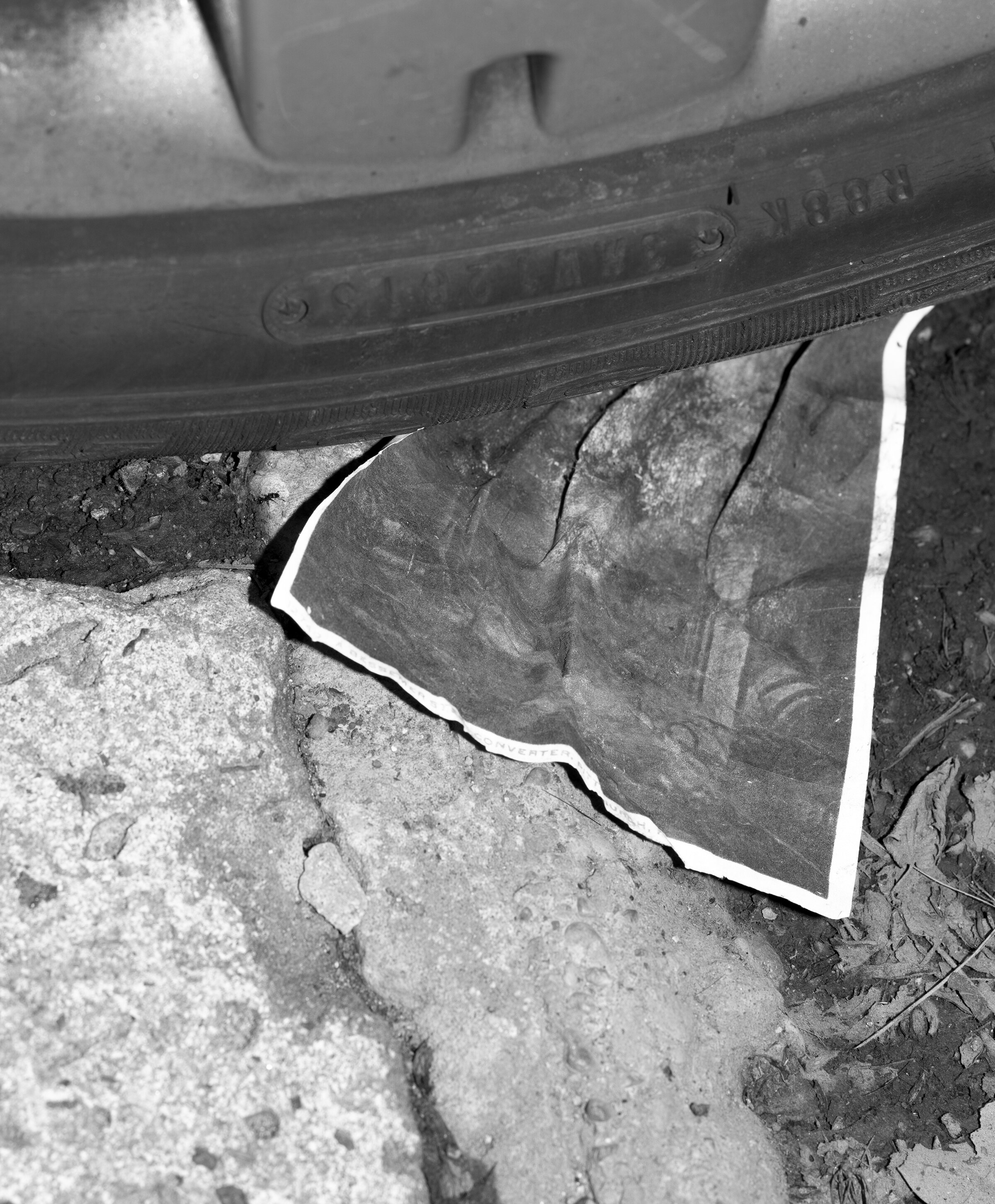

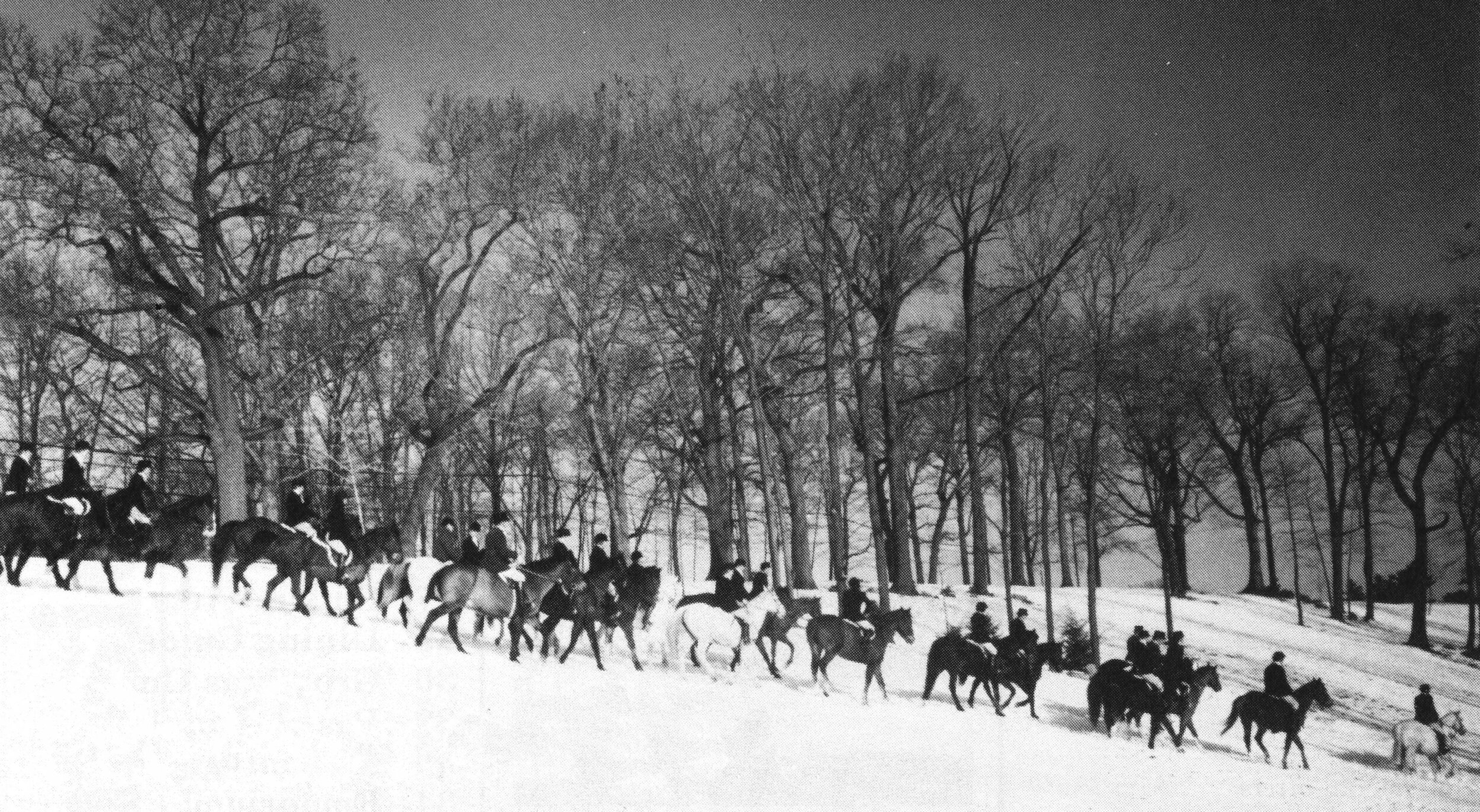






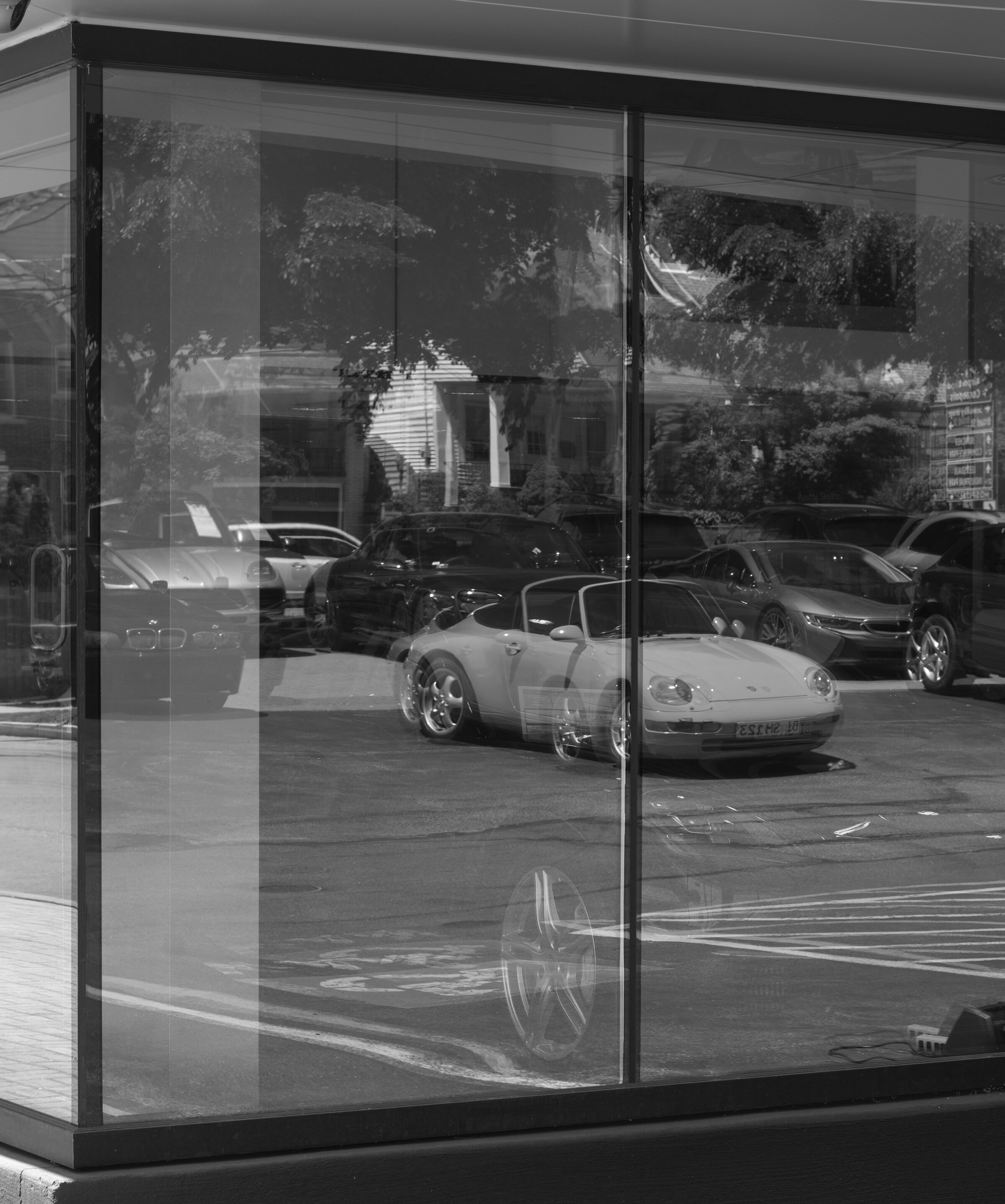
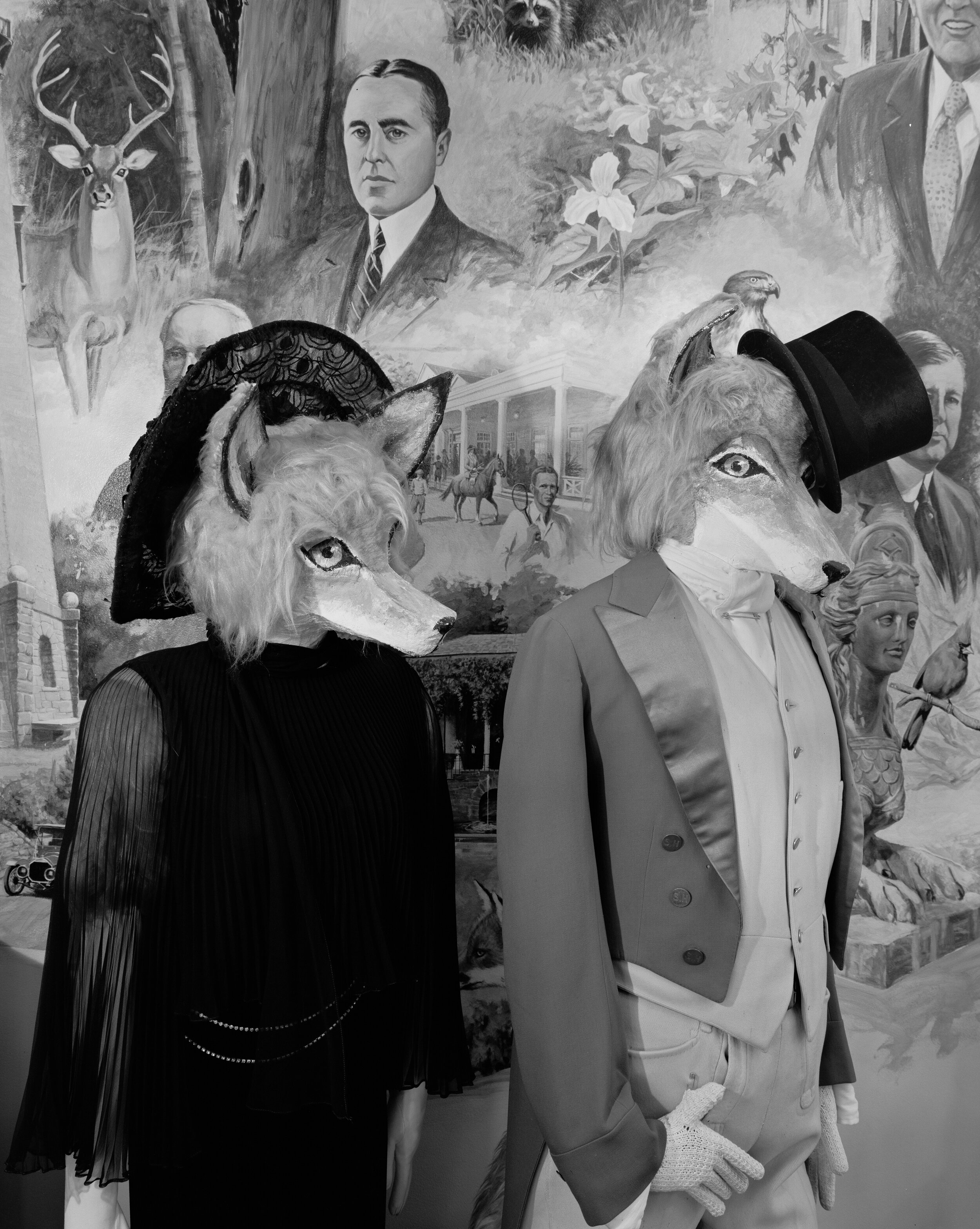


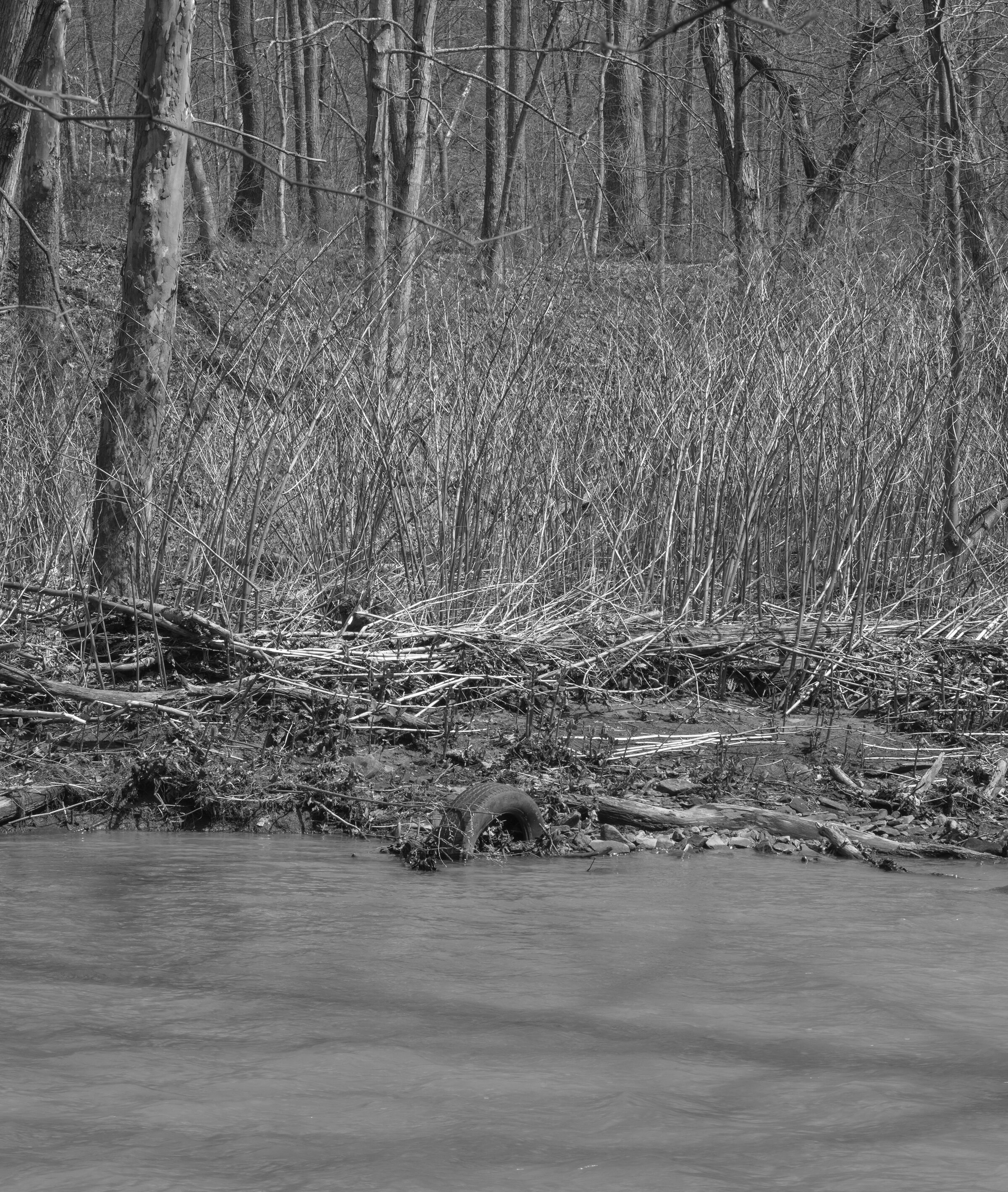














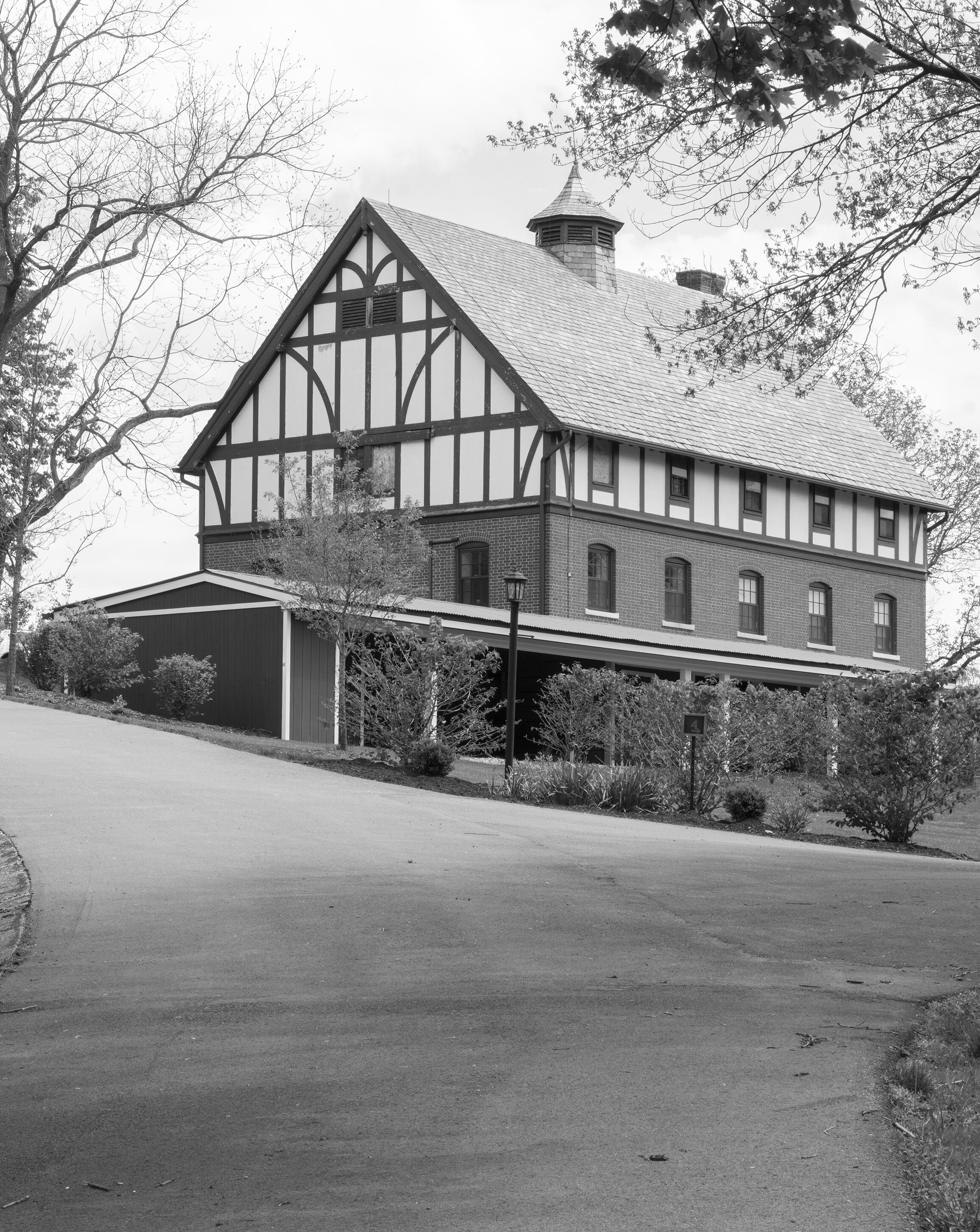
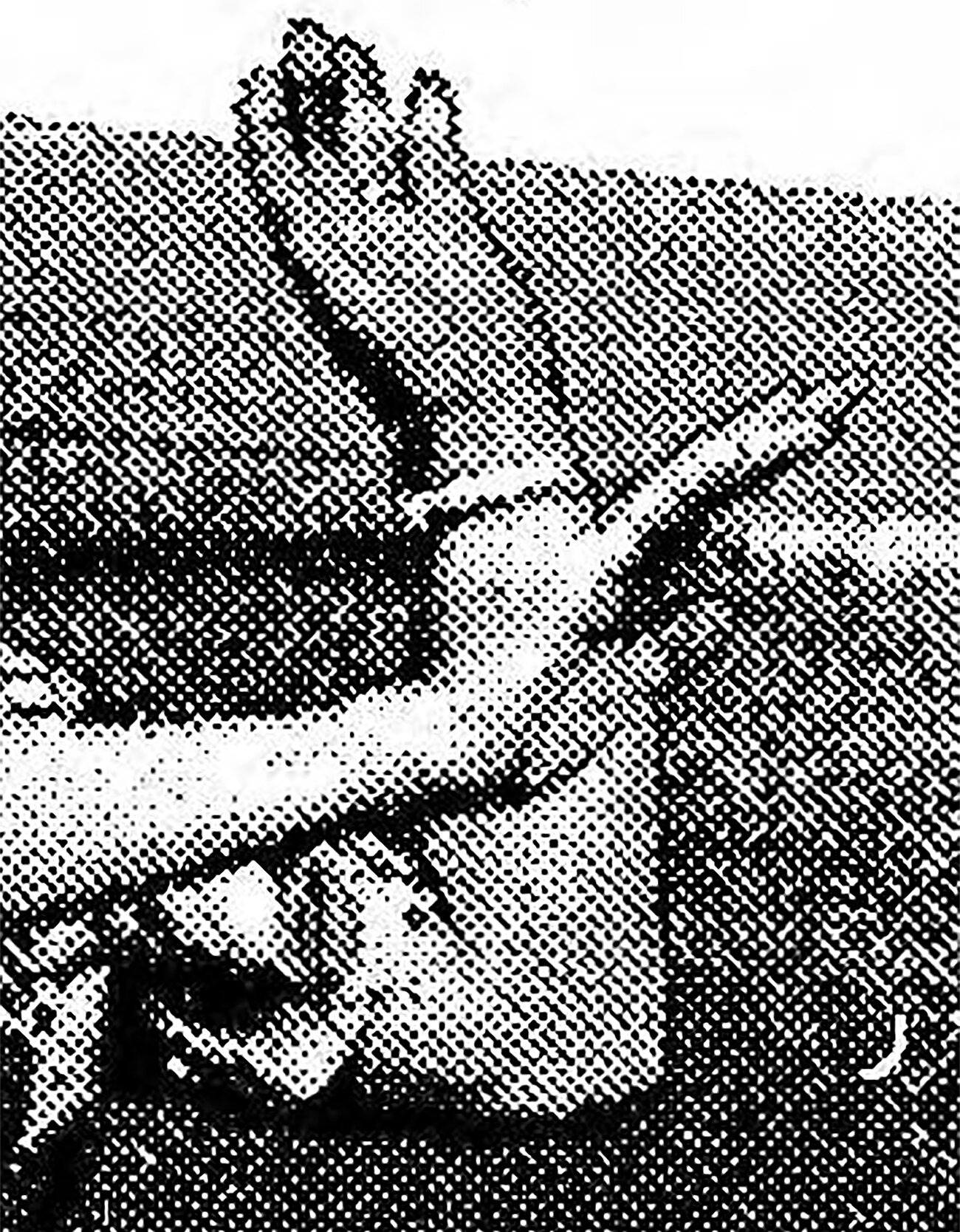


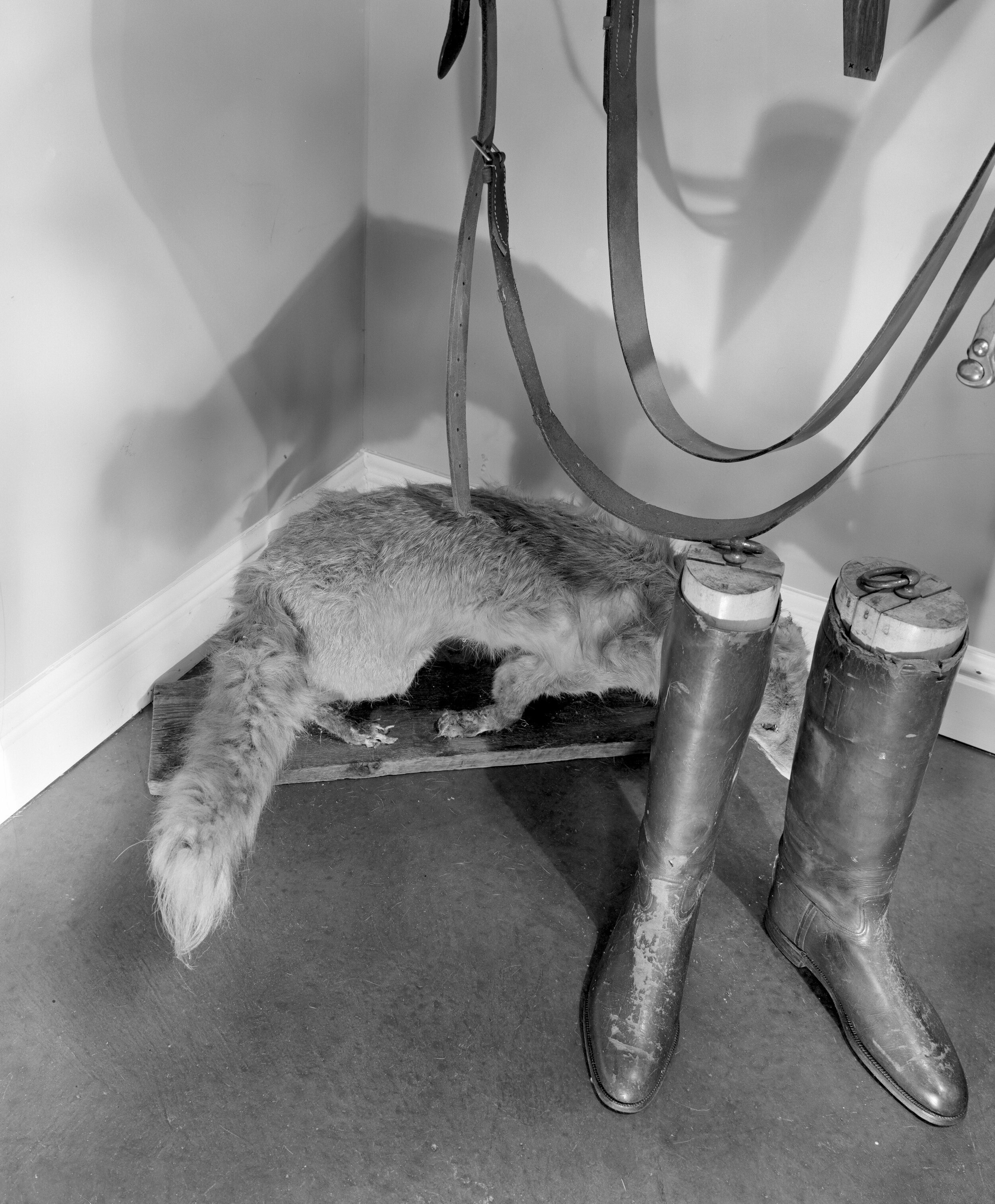




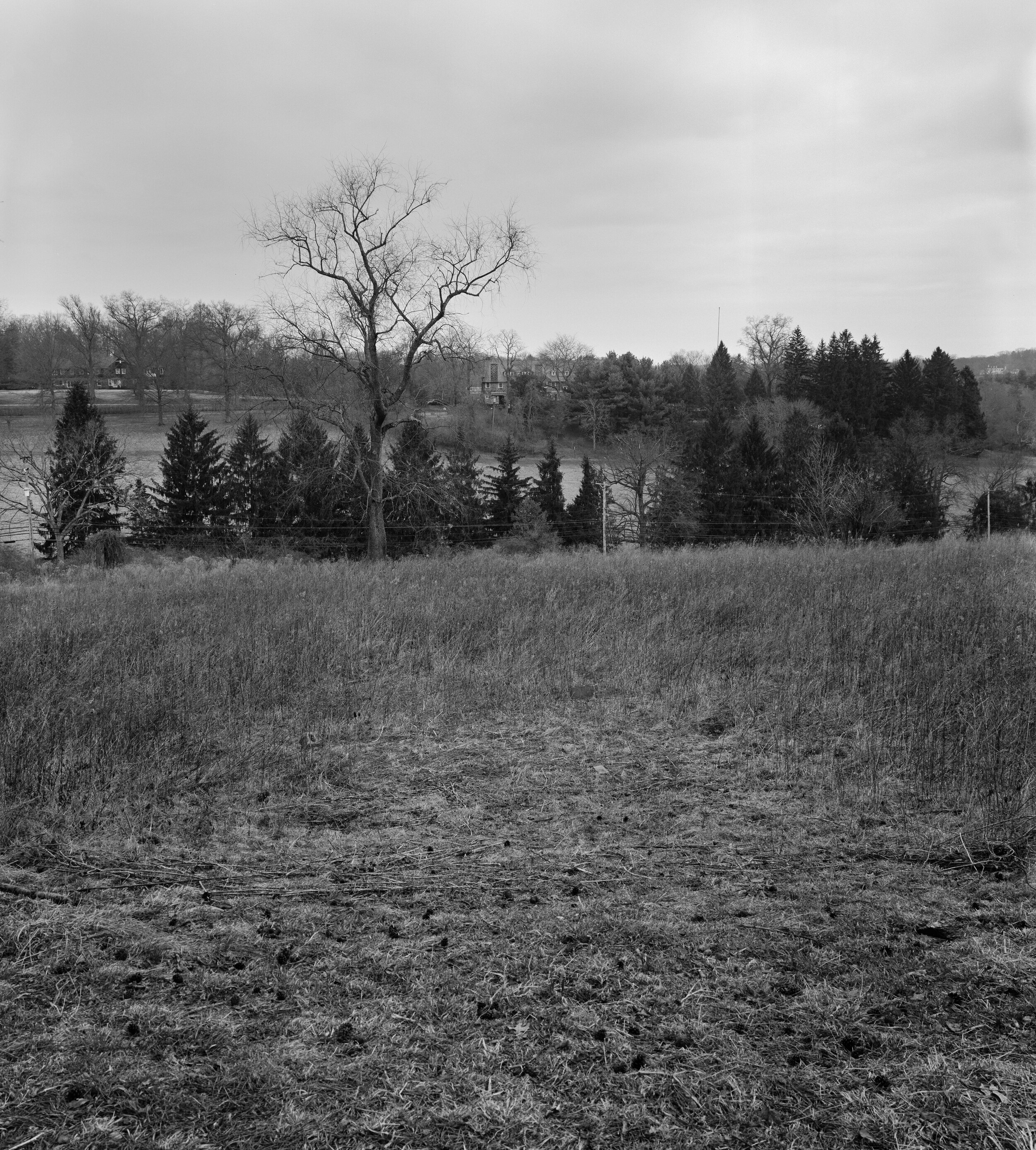





The Gilded Cage (2020-21)
The Gilded Cage resurrects the history of Sewickley, a landscape that has never let go of the past. Obtaining their prominence from the Gilded Age, a time in which the industrialists in Pittsburgh flocked to the palatial community. A search for something extinct is underway. The steel industry collapsed and so did “Sewickley”. Leaving behind “cultural artifacts” like forgotten pillars, scattered stone rubble, one remaining cottage, stone walls, gates, as well as the pastoral nature of the area. These "artifacts" are used to justify the division that Sewickley has made between classes. Even the untamed landscape is a part of Sewickley's "character" and what Sewickley fears losing most, is what the working class wishes to obtain. Prominence. Acceptance.
The tale of Sewickley’s birth brings attention to the fantasy of the “American Dream.” A false pretense that America swears by. A fantasy, just like Sewickley. With this view of Sewickley, many ironies come into play throughout the images. They serve to question the ultimate “character” of Sewickley, and the viewer should consider the following questions as they view the images. How are these “cultural artifacts” perceived outside of Sewickley? What does one think when remnants of past structures are found in a working-class community? What about an untamed landscape or overgrowth? These questions will lead you through the fantasy that Sewickley is trying to live through.
The Gilded Cage examines the landscape and history of Sewickley and takes on themes of rejection, division, preservation, wealth, and insecurity as these images push to uncover a sort of fantasy living that Sewickley has tried to hold tight with a firm grasp. But, in the end, Sewickley might not be so high and mighty anymore.